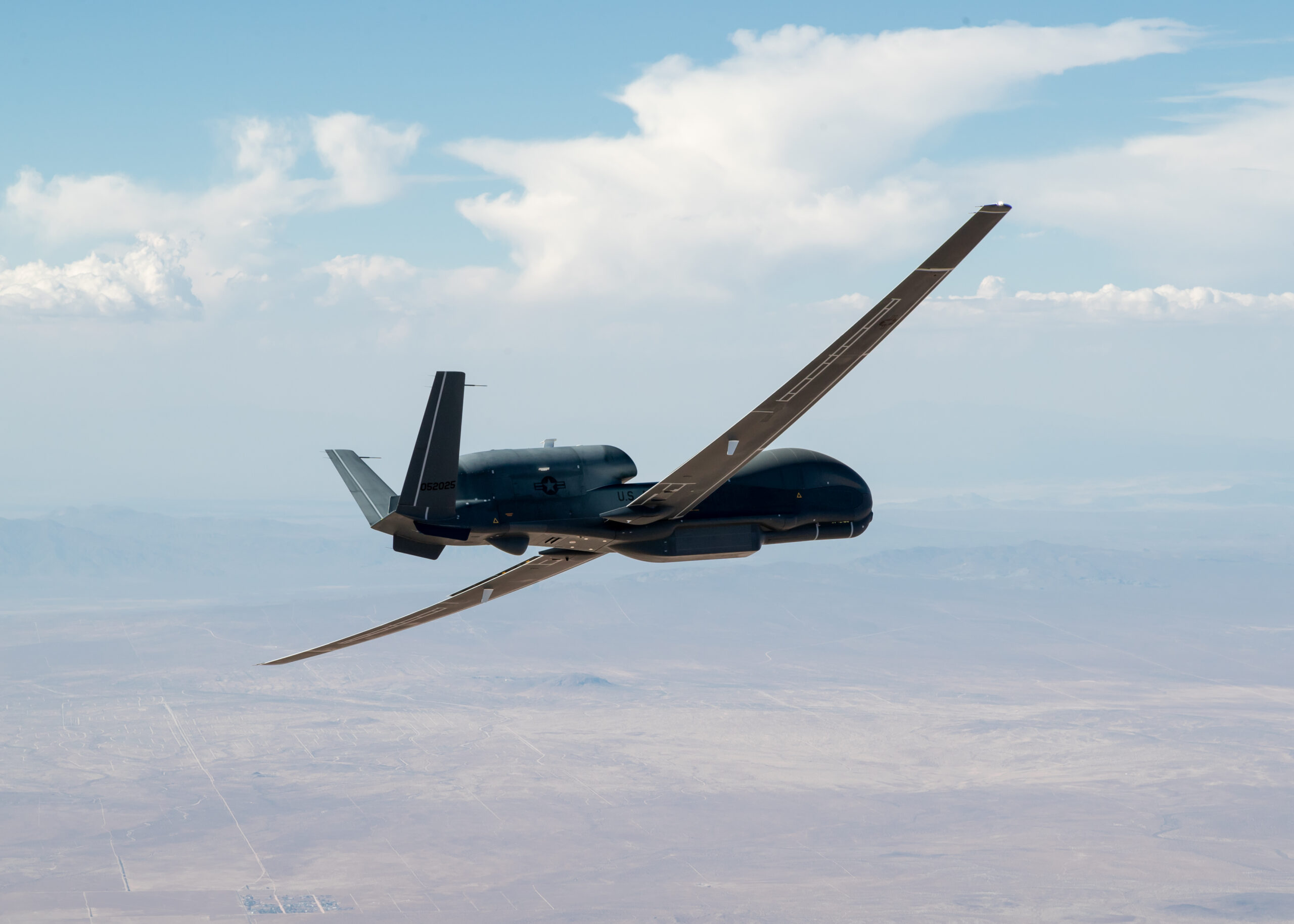Copyright defence-blog

After a lengthy hiatus, the U.S. Air Force has resumed high-altitude drone reconnaissance missions over the Black Sea, signaling renewed American intelligence-gathering activity in one of Europe’s most tense military zones. On October 25, a massive Northrop Grumman RQ-4B Global Hawk, operating under the callsign FORTE 10, was observed conducting surveillance operations over the southern part of the Black Sea. According to flight tracking data, the unmanned aircraft departed from NATO’s Sigonella Air Base in Sicily, Italy—a key launch point for aerial intelligence, surveillance, and reconnaissance (ISR) missions across Eastern Europe and the Black Sea region. The RQ-4B Global Hawk is one of the U.S. Air Force’s most capable reconnaissance platforms. Manufactured by Northrop Grumman, the long-endurance drone can remain airborne for over 30 hours and operate at altitudes exceeding 60,000 feet. Its suite of advanced electro-optical and radar sensors enables the aircraft to track movements and detect ground targets across vast areas, providing real-time intelligence to U.S. and allied commands. In the early years of the war in Ukraine, Global Hawks conducted near-daily flights along the Black Sea coast, sometimes operating in close proximity to Russian-occupied Crimea. These missions, aimed at monitoring Russian troop movements and missile deployments, drew sharp criticism from Moscow. Russian officials accused the United States of aiding Ukraine’s targeting capabilities, while Russian fighter jets were occasionally dispatched to intercept or shadow the American drones. Flight data of FORTE 10 from FlightRadar24 The U.S. Air Force later scaled back the frequency and proximity of these operations. Patrol zones were adjusted farther from Russian airspace, reflecting both safety concerns and a broader effort to prevent direct incidents between NATO and Russian forces. The resumption of the Global Hawk’s activity this week indicates a possible adjustment in operational tempo as the conflict enters its third year. The FORTE 10 mission appears to have maintained a flight pattern consistent with NATO surveillance standards—remaining over international waters while observing key coastal regions and maritime routes. The Black Sea remains a critical area for intelligence operations, given Russia’s heavy use of naval and air assets in the region, as well as ongoing missile launches toward Ukraine from occupied Crimea and the sea’s northern sector. While neither the U.S. Air Force nor NATO issued an official statement regarding the mission, the renewed presence of the Global Hawk aligns with broader allied efforts to enhance situational awareness near Ukraine’s borders. These long-range ISR flights are often coordinated with other NATO assets, including P-8A Poseidon maritime patrol aircraft and AWACS early warning planes, to provide comprehensive regional coverage. The Global Hawk’s endurance and sensor capabilities make it a vital tool for collecting intelligence on missile activity, naval deployments, and troop concentrations across the broader Black Sea theater. As noted by defense analysts, such missions allow the United States and its allies to maintain persistent surveillance without risking crewed aircraft near contested airspace. For Washington and its NATO partners, the return of U.S. drone patrols represents a reaffirmation of commitment to regional intelligence operations, despite ongoing tensions with Moscow. The Black Sea’s strategic value—bordering Ukraine, Romania, Bulgaria, and Turkey—continues to make it one of the most closely monitored zones in the world.



